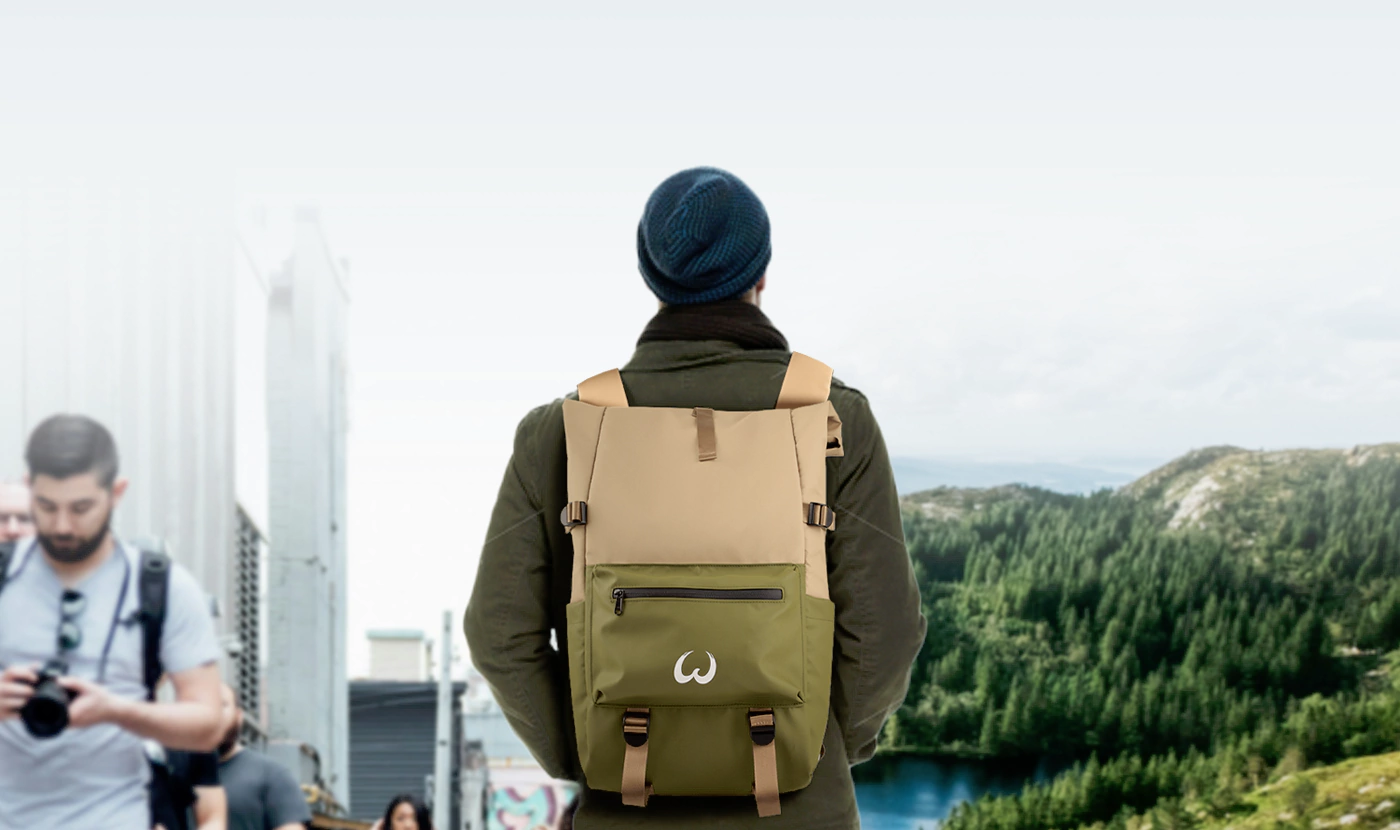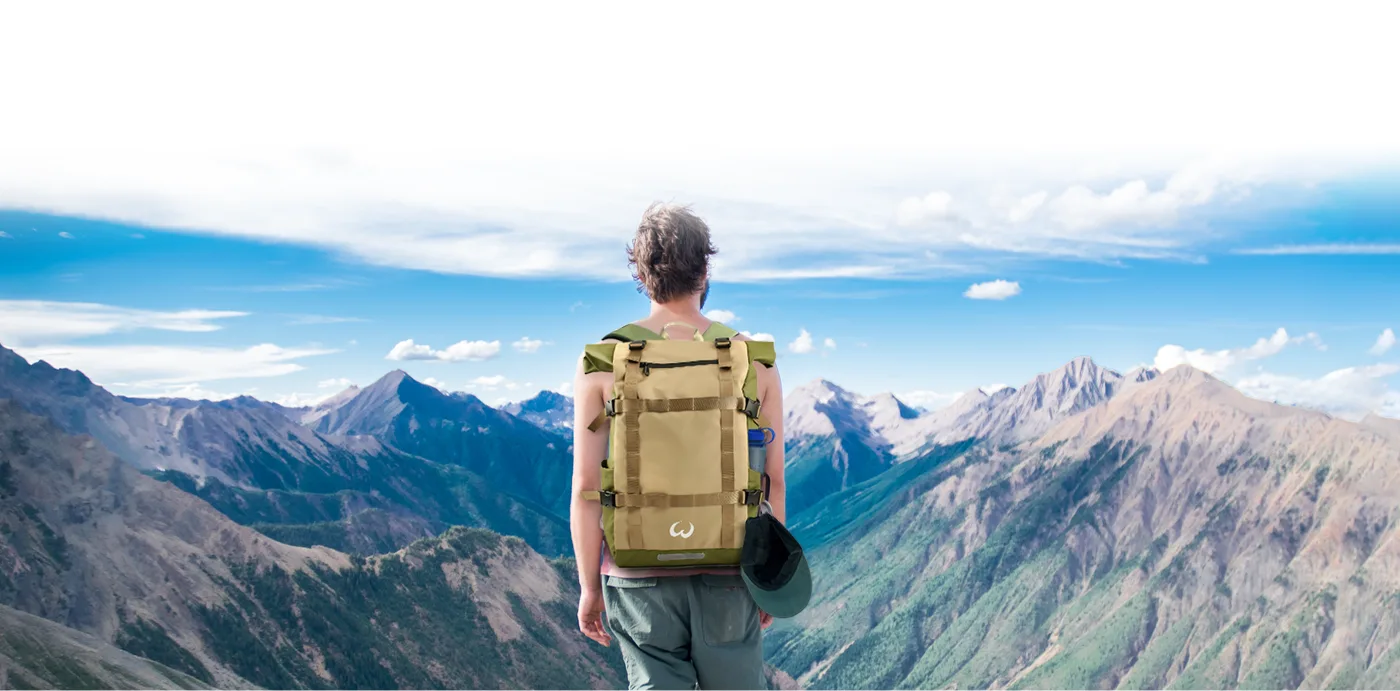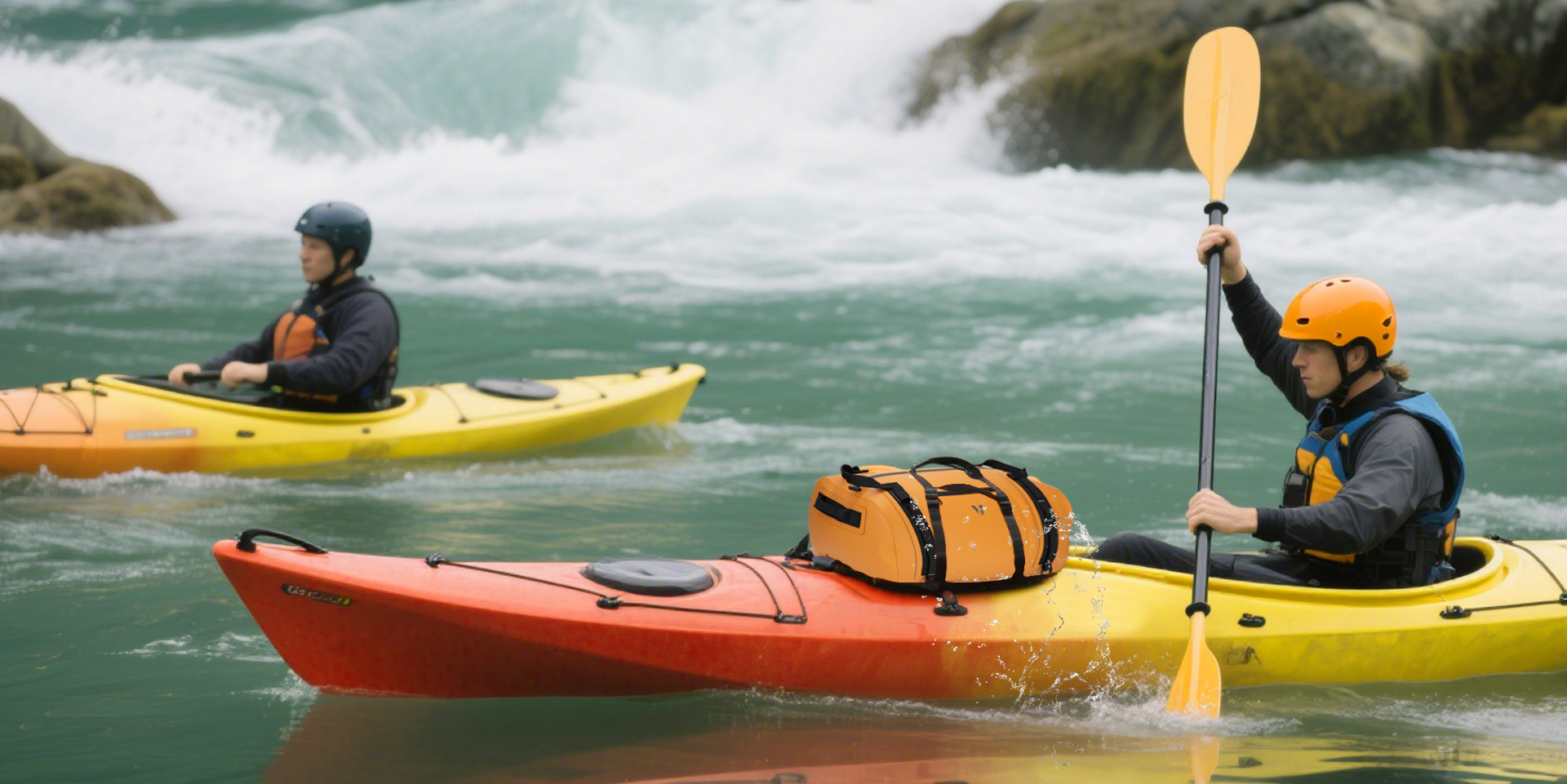Placing a hunting bag bulk order is a significant undertaking that goes far beyond simply comparing price tags. For a professional buyer, the decision impacts brand reputation, retailer relationships, and ultimately, the end-user’s safety and success in the field. A subpar batch can lead to returns, damaged brand equity, and lost revenue. Therefore, approaching a bulk order of hunting backpacks requires a meticulous, multi-faceted evaluation of your potential supplier.
This guide outlines the critical questions and standards you must apply to ensure your hunting bag bulk order meets the highest benchmarks for quality, reliability, and value. As we explore these criteria, we’ll consider how a manufacturer like Weierken might address these points, providing a practical framework for your assessment.

Scrutinizing Supplier Credentials and Production Capability
Before you even look at a product sample, your first task is to vet the company behind it. Their foundational stability is the bedrock upon which your entire hunting backpack bulk order will be built.
Key Questions to Ask:
- What industry-specific certifications do you hold? Look for proof of standardized manufacturing processes. Certifications like ISO 9001 for quality management systems are a strong indicator of a professionally run operation. For certain markets, compliance with REACH (for chemicals) or other regional standards may be crucial.
- What is your maximum monthly production capacity? This is not just about a single number. You need to understand their capacity while maintaining quality. A supplier promising 50,000 units a month but with a history of quality fade at 30,000 units is a major risk.
- Can you provide a list of past or current clients, particularly for large orders? A reputable supplier will have references or case studies. A company like Weierken, for instance, would likely be able to demonstrate a track record of fulfilling substantial orders for other brands, proving its capability to handle your business.
The 5 Core Product Standards Every Buyer Must Evaluate
When it comes to the product itself, a professional buyer dissects a hunting bag through five non-negotiable lenses. These elements define the product’s performance and longevity in real-world conditions.
Durability: Beyond Stitching
Durability is the sum of its parts. Interrogate the stress points: zippers, straps, and buckles. Are the zippers YKK or an equivalent high-grade brand? Are stitches per inch (SPI) high enough to withstand tension? Are stress points like strap attachments bar-tacked for reinforcement? A supplier should be able to articulate exactly how they build durability into their bags.
Material Quality: The Fabric of Performance
The choice of material dictates a bag’s weight, weather resistance, and toughness.
- Fabrics: Is it high-denier nylon (e.g., 500D, 1000D) or polyester? Is it a ripstop variant? Is the fabric coated for water resistance (PU coating) or full waterproofing (laminated TPU)?
- Leather: If the bag incorporates leather, what type is it? Full-grain leather offers superior durability compared to top-grain or bonded leather.
Functional & Ergonomic Design
A good hunting bag is an extension of the hunter. The design must be intelligent.
- Compartmentalization: Is there a logical layout for gear, including a dedicated rifle scabbard, silent ammunition pockets, and a bladder compartment for hydration?
- Carry System: How adjustable and padded are the shoulder straps? Is there a waist belt to distribute weight? Does it feature a molded back panel for airflow and support?
- Accessibility: Can the hunter access critical gear without taking the entire bag off? Look for well-placed, silent-access pockets.
Utility and Feature Set
This is about the “extras” that enhance usability. Features like MOLLE webbing for modular attachment, silent magnetic closures instead of loud snaps, integrated rangefinder pockets, and drag straps for hauling game are significant value-adds. A tactical backpack bulk order might prioritize MOLLE and ruggedness, while a more traditional hunting bag bulk order might focus on scent-control technology and camouflage patterns.
Compliance and Safety
The product must be safe and legal for the target market. This includes the use of non-toxic dyes and materials, and compliance with any local or international safety regulations for consumer goods.

Customization and Brand Collaboration Potential
For buyers looking to build their own brand, a supplier’s flexibility is paramount. A standard catalog item is often just the starting point.
Assessing Customization Capabilities
- Private Label & OEM: Do they offer a true “white glove” service, handling everything from design modification to attaching your labels and packaging?
- Scope of Modifications: How deep can the customization go? Can you change the color of the fabric, the type of zipper pulls, or the padding density? Can they work from your tech packs to create a completely unique design? A manufacturer with strong R&D, such as Weierken, would typically offer a wider range of customization options, from simple logo embroidery to full-scale material and design alterations.
Transparent Cost Structure and Pricing Models
The quoted price per unit is only part of the financial picture. A transparent supplier lays out all costs upfront.
Uncovering the True Cost
- Volume Pricing: Request a clear pricing tier. How does the unit cost change at 500, 1,000, and 5,000 units?
- Hidden Costs: Inquire about tooling fees (molds for new parts), sample costs, and any potential charges for Pantone color matching. What are the payment terms? A transparent partner will have no issue detailing this.
Logistics, Supply Chain, and Delivery Reliability
A perfect product is useless if it arrives late. The supplier’s logistical prowess is a critical component of your hunting bag bulk order strategy.
Ensuring On-Time Delivery
- Lead Times: What is the standard production lead time from order confirmation to ex-factory? How does this change during peak season?
- Logistics Management: Do they handle international shipping and customs clearance (a DDP service), or is it the buyer’s responsibility (FOB)? What is their protocol for communicating and resolving shipping delays?
Post-Sale Support and Quality Assurance
The relationship doesn’t end when the goods are shipped. Robust after-sales service separates good suppliers from great ones.
Warranties and Accountability
- Return & Defect Policy: What is their policy for defective goods? What percentage is considered an acceptable quality limit (AQL)?
- Quality Documentation: Do they provide pre-shipment inspection reports, often from a third party? This is a crucial document for a hunting backpack bulk order, as it provides an objective assessment of the batch’s quality before it leaves the factory.
Commitment to Sustainability and Environmental Compliance
An increasingly important factor for modern brands and consumers is the environmental and ethical footprint of the products they sell.
Evaluating Eco-Credentials
- Materials: Do they offer recycled fabrics (e.g., rPET) or chrome-free leather? Are their waterproof coatings PFC-free?
- Manufacturing Process: Can they provide evidence of efforts to reduce waste, water, and energy consumption in their factory? Compliance with international standards is a strong positive signal.
Frequently Asked Questions (FAQs) on Hunting Bag Bulk Orders
Q1: What is the typical Minimum Order Quantity (MOQ) for a custom hunting bag bulk order?
MOQs vary significantly by supplier and the level of customization. For stock items with simple logo changes, MOQs can be as low as 100-500 pieces. For fully custom designs involving new patterns and materials, MOQs often start at 1,000 units or more. It’s always the first question to ask a potential partner.
Q2: Can I request a sample batch before placing my full hunting backpack bulk order?
Yes, and you absolutely should. Reputable suppliers encourage this. You will typically pay for these pre-production samples, but it is a critical step to verify quality, design, and functionality before committing a large sum of money.
Q3: How do I ensure the color and material of the final bulk order match my approved sample?
This is where professional documentation comes in. Insist on signed approval of a “golden sample” that you keep. Use Pantone codes for colors and specify material denier and type by name and supplier. A good partner, like Weierken, will have a rigorous process for matching these specifications exactly.
Q4: What is the most reliable shipping method for a large international hunting bag bulk order?
For large orders, sea freight (LCL or FCL) is the most cost-effective. For faster delivery and smaller batches, air freight is an option, though more expensive. Your supplier should guide you on the best Incoterms (e.g., FOB, EXW, DDP) for your situation and handle the necessary documentation.
Q5: What happens if there is a product recall or a consistent defect found after delivery?
This tests the supplier’s integrity. A reliable partner will have a clear policy for such scenarios, which may include a partial refund, production of a replacement batch, or a full recall at their expense. This should be discussed and ideally included in your purchasing agreement upfront.






